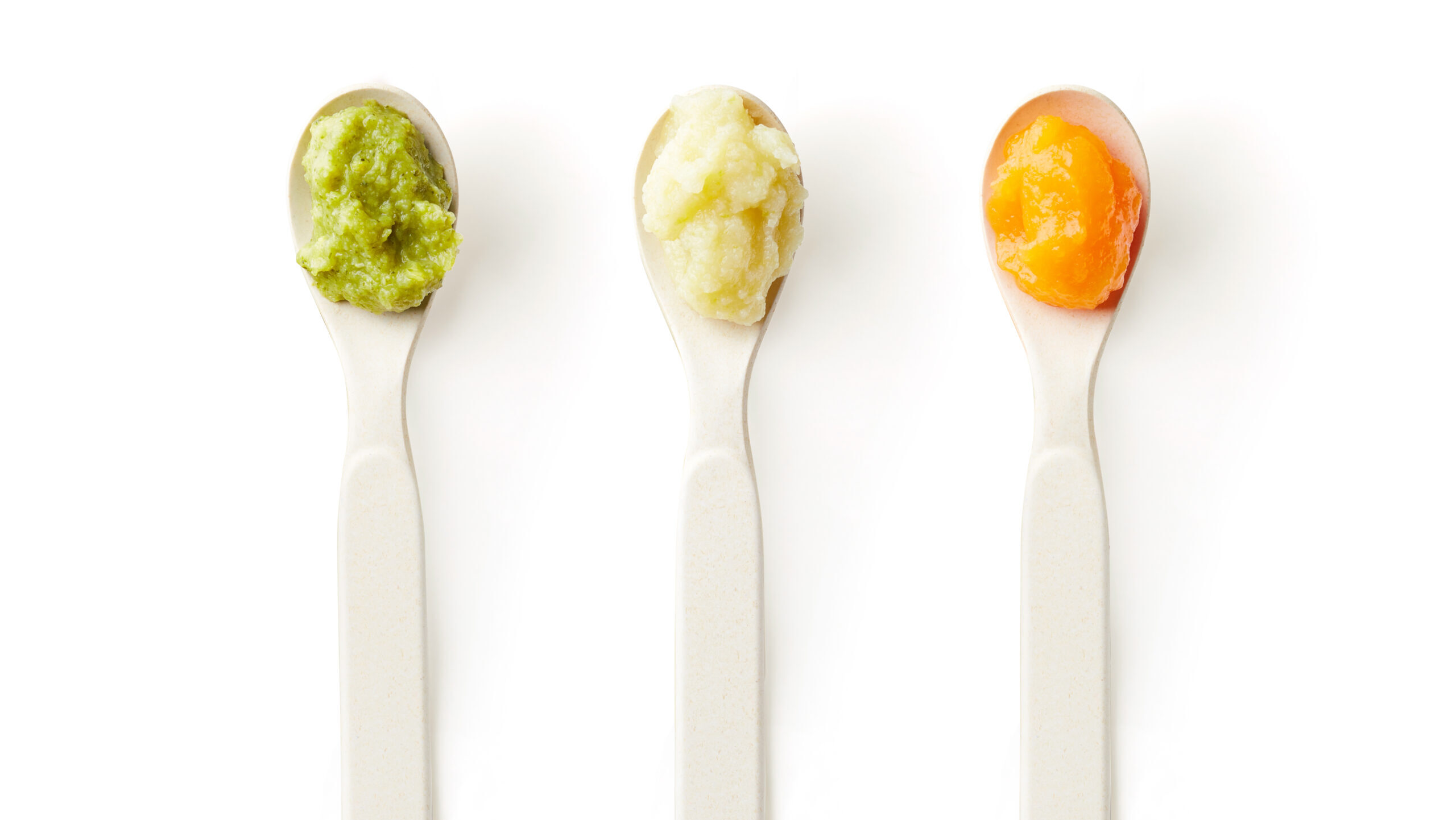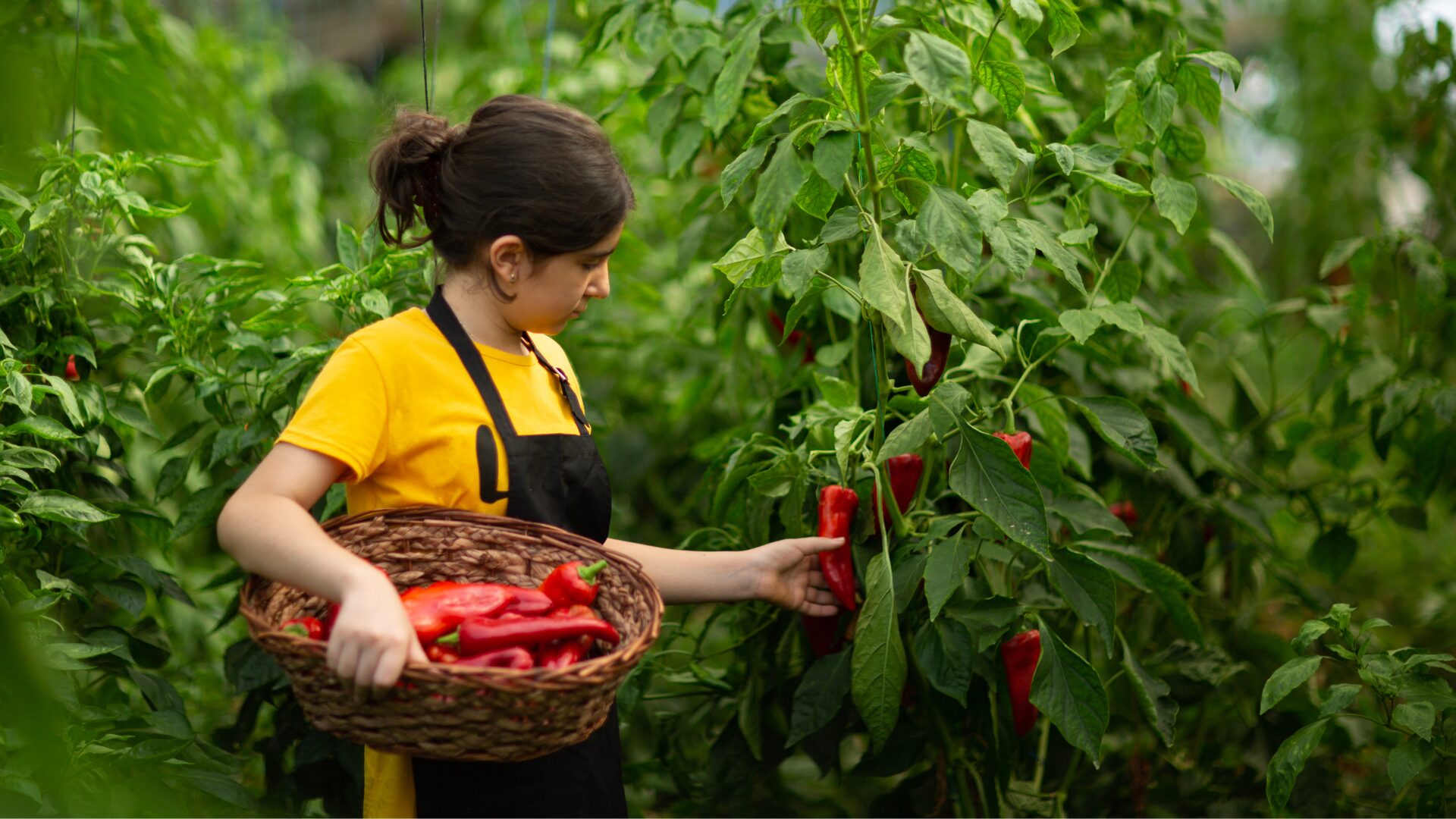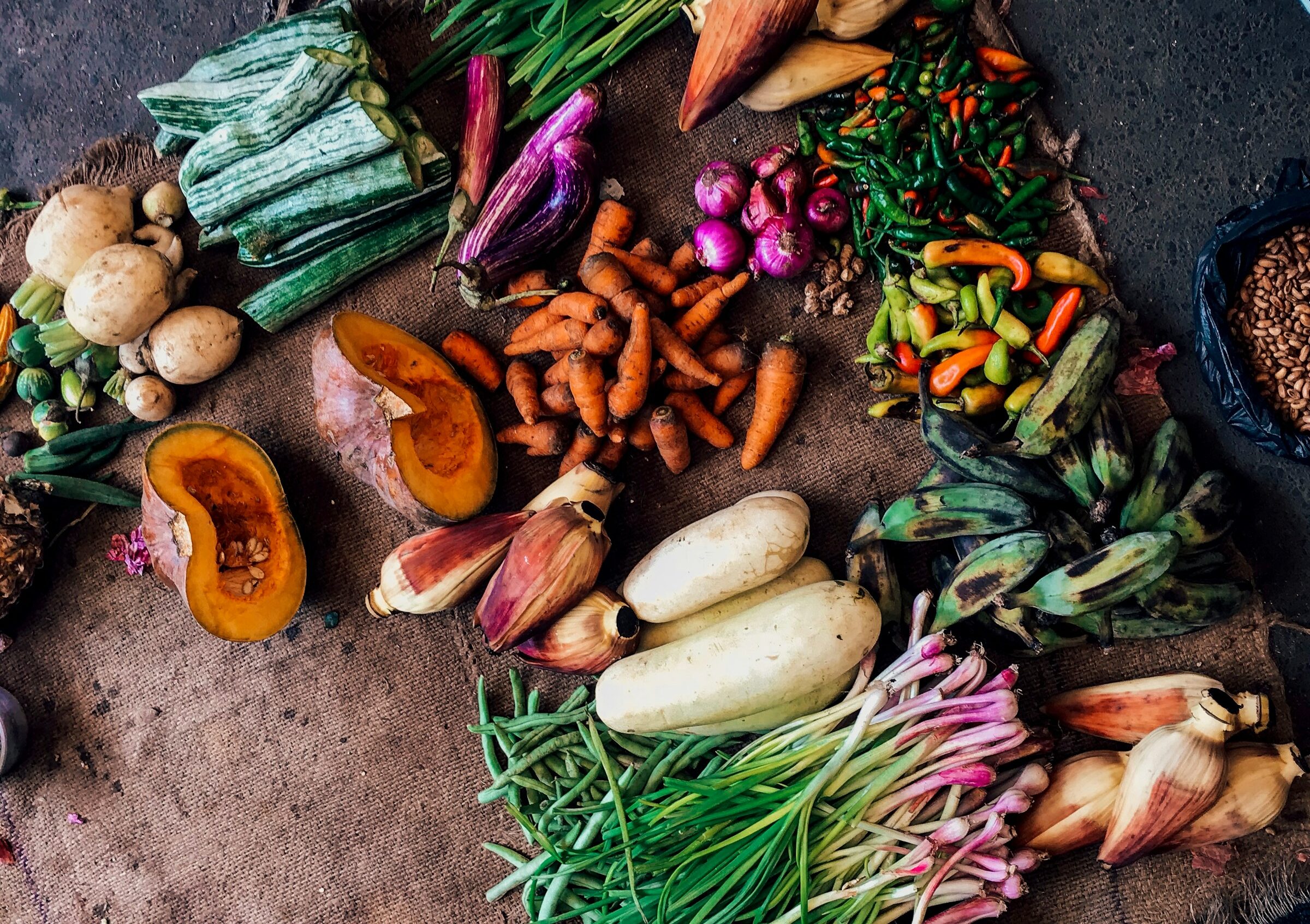Today’s consumers are reshaping the baby food market as a growing number of parents prioritize nutrition and hold the industry accountable for the quality of their products. With that, what are consumers looking for? And how are companies delivering?
Globally, the baby food market is expected to hit around $155.32 billion (USD) by 2032, growing at a compound annual rate (CAGR) of 6.4% during the forecast period, according to Precedence Research.
In terms of revenue, ready-to-eat baby foods like porridge, purees, squash account for the largest share of the market.
However, the dried food segment, which includes cereals, fruits, and vegetables, is expected to grow at more than double the total market CAGR (13%) given its good shelf life and ease of preparation.
“The baby food market is being reshaped by the new generation of health-conscious parents who are more discerning about formula ingredients and seek greater transparency from brands,” said Wendel Afonso, CEO at Harmony Baby Nutrition. “As a result, brands are compelled to enhance the nutritional profiles and manufacturing practices of their baby food offerings to cater to these evolving consumer demands.”
Baby Food Market Trends and Innovations
To meet consumer’s nutritional demands, baby food brands are adding more vitamins and nutrients to their products, along with incorporating ingredients like fruits, veggies, oats and yogurt, says Tina White, Chief Commercial Officer at Brainiac Foods.
“They are seeking options that help introduce new ingredients, flavors, and textures,” White told FI. “We are also seeing the expansion of more formats in the baby aisle, with bars, melts, and other options that give parents flexibility and options.”
Demand for convenient, pre-packaged organic baby food has also increased in recent years, in line with an uptick in the number of women who are working. Further growth in this segment is anticipated as food manufacturers invest more on higher-quality and inexpensive organic food materials.
In terms of spending, data trends suggest that consumers are gravitating towards both ends of the price spectrum.
“Price sensitive consumers are opting for private label and those that are able to spend a little more are moving towards more premium formulas,” said White. “This is driving innovation and SKU expansion for private labels and more premium natural options.”
Baby Food Makers Challenge the Market
The trend towards healthier and organic options is also driving demand for baby food makers as they offer the convenience of preparing fresh, nutritious meals at home.
Globally, the baby food maker market is projected to grow by $585.3 million between 2024-28, at an estimated CAGR of 10.4% during the period, per Technavio.
Key features of these appliances include ease of use, time-saving capabilities, and versatility in preparing various textures and temperatures. Brands are focused on developing innovative designs, such as portable and compact models, to cater to the busy lifestyles of modern families.
Despite the added competition, White believes that consumers making more baby food at home is a good push for the industry to ensure the options at store are more than just a “ready-to-go” puree.
“It suggests that we must and should provide more advanced nutrition to parents,” White concluded. “Innovation must go beyond just another flavor of pureed fruits and veggies – like we strive to do at Brainiac with our added BrainPack of critical nutrients that support brain health and development.”
The Food Institute Podcast
Tom Hamill, a food and beverage senior analyst for RSM US LLP, joined The Food Institute Podcast to recap the 2024 Summer Fancy Food Show. Hamill shares his thoughts on burgeoning trends from the show and how emerging specialty food brands can best navigate economic factors in the years to come.












